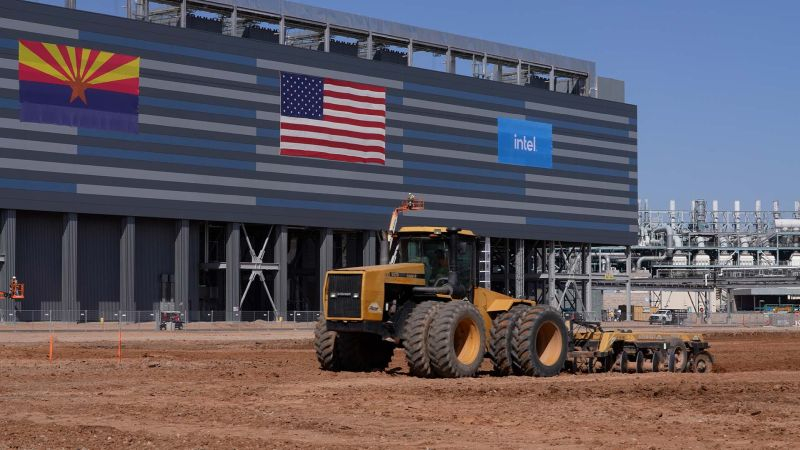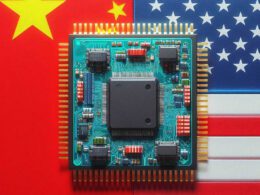The US “Chip Law,” with a total allocation of $53 billion towards supporting the semiconductor industry, which was passed in 2022, has done little so far to bolster the confidence of manufacturers for their future business prospects in the country. Sources suggest that several critical announcements will be released this quarter.
According to The Wall Street Journal, over 170 companies have applied for grants under this legislative initiative thus far, but only two minor grants for unrelated projects have been awarded by the US government. Nevertheless, President Biden’s administration is hoping to announce a series of larger, more modern projects by March 7, the date of his upcoming speech to Congress. This approach aligns with the Democratic Party’s strategic interests for the forthcoming electoral race.
Intel Corporation has revealed its hopes of obtaining grants in the U.S., owing to the fact it has at least four ongoing projects worth $43.5 billion across various states. However, it is evident that the government funds will cover only a minor fraction of these costs. Of the total $53 billion program budget, only $39 billion will be deployed directly towards construction needs. As per experts, each project will receive a grant no more than 15% of its capital expenditure, with a per project limit of $3 billion. Moreover, the US government will compensate for bank loans, serve as guarantors for these, and also offer tax relief. US Trade Department spokespersons have clarified that subsidy allocations for each project will be based on negotiation and evaluation of the construction benefits towards national economic growth and security enhancement.
Current projects underway by various companies within the US have acknowledged encountering challenges. These include construction delays faced by Taiwan’s TSMC in Arizona. Both of its potential facilities are reportedly behind schedule from its preliminary timeline, causing a ripple of concern among potential investors evaluating construction site options, thus negatively impacting US prospects. Despite this, US officials showcase TSMC’s Arizona plant activity as an exemplar of how the Chip Law innately benefits the national economy. The current workforce at the plant exceeds 12,000 daily workers and has propelled private businesses to invest an estimated $200 billion overall. Nevertheless, there have been marked skill shortages within the construction sector, with equipment installations reporting slower progress as compared to counterparts in Japan or Taiwan. In these countries, TSMC’s new ventures apparently progress more swiftly.
There are concerns within the semiconductor industry not just due to the rigorous conditions associated with obtaining US subsidies, but also due to project evaluation against environmental agendas. These evaluations that could extend over years, coupled with a demand for renewable energy implementation, considerably inflate construction budgets. Subsidy recipients also face a ten-year constraint on developing business in China, and potential excess profits may be seized by the US government. These factors intricately complicate businesses’ decisions on whether to construct large plants in the US, as they also need to consider local market product sale prospects, which are not always evident.





